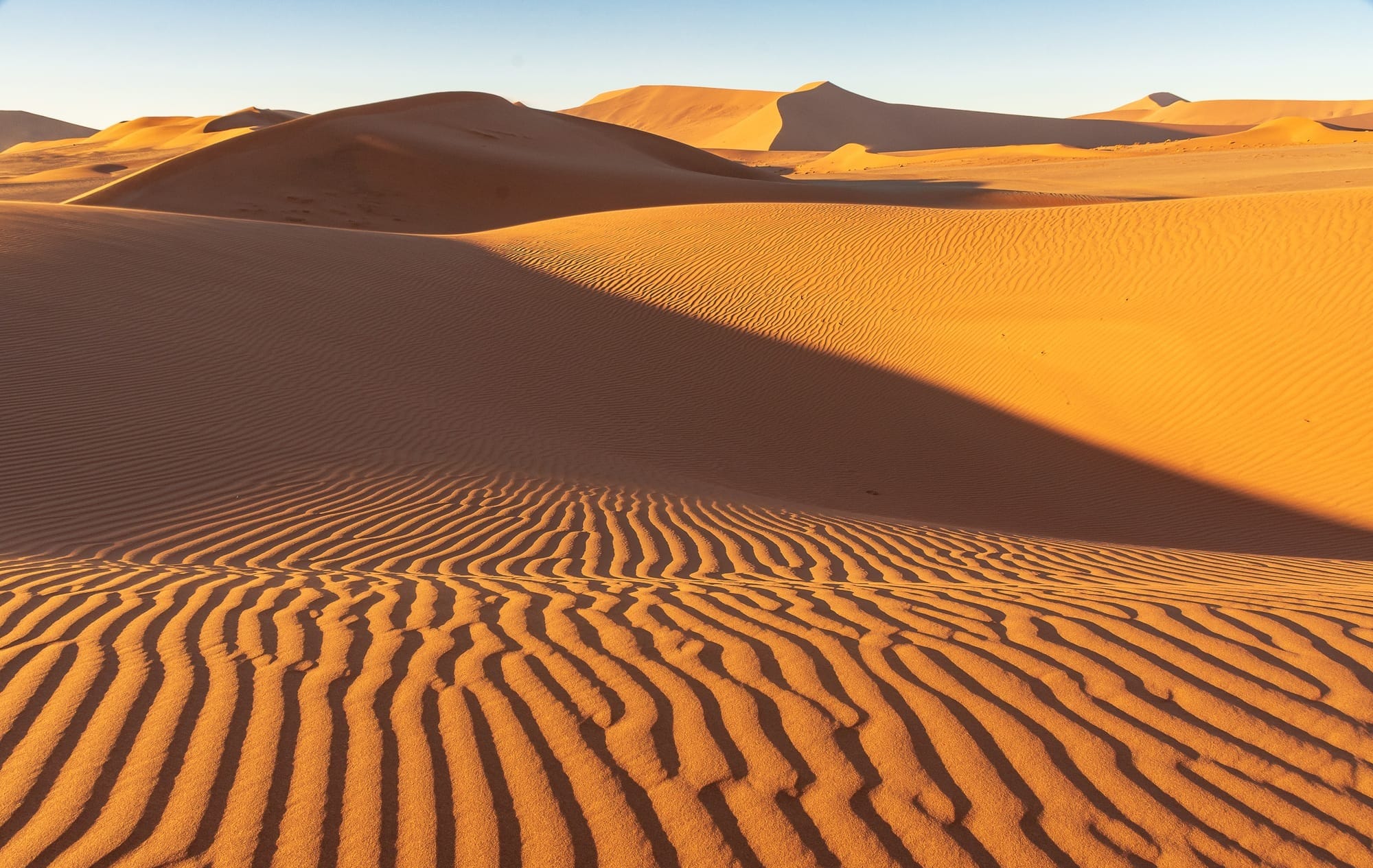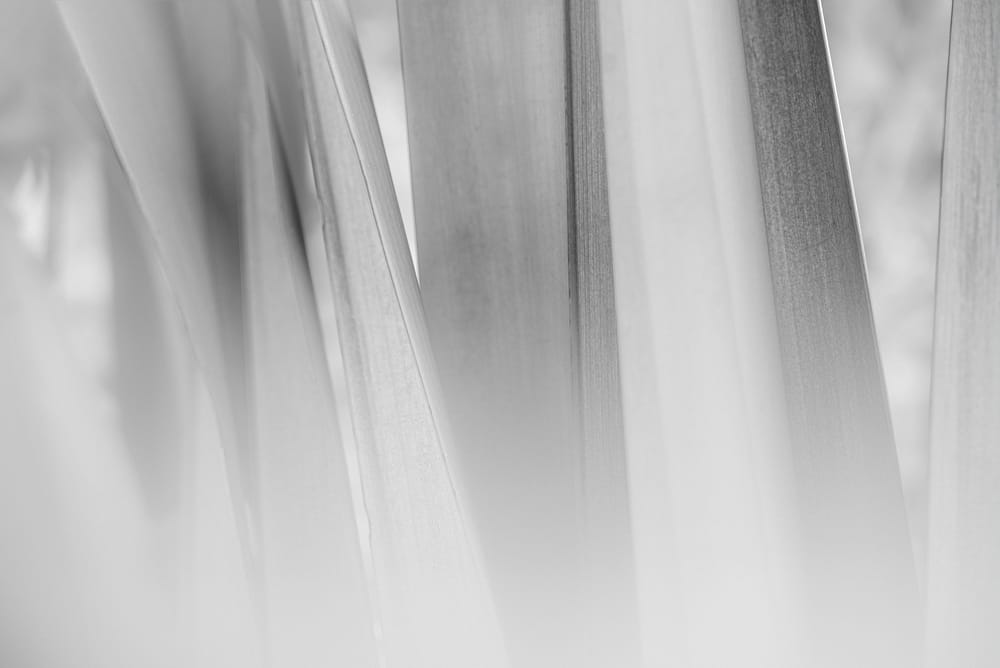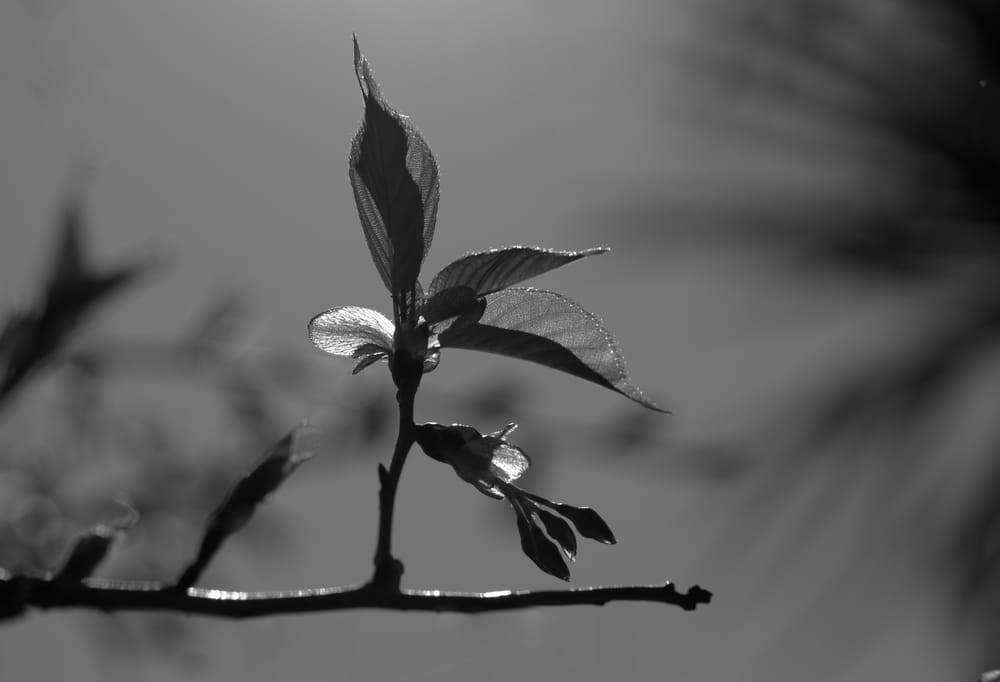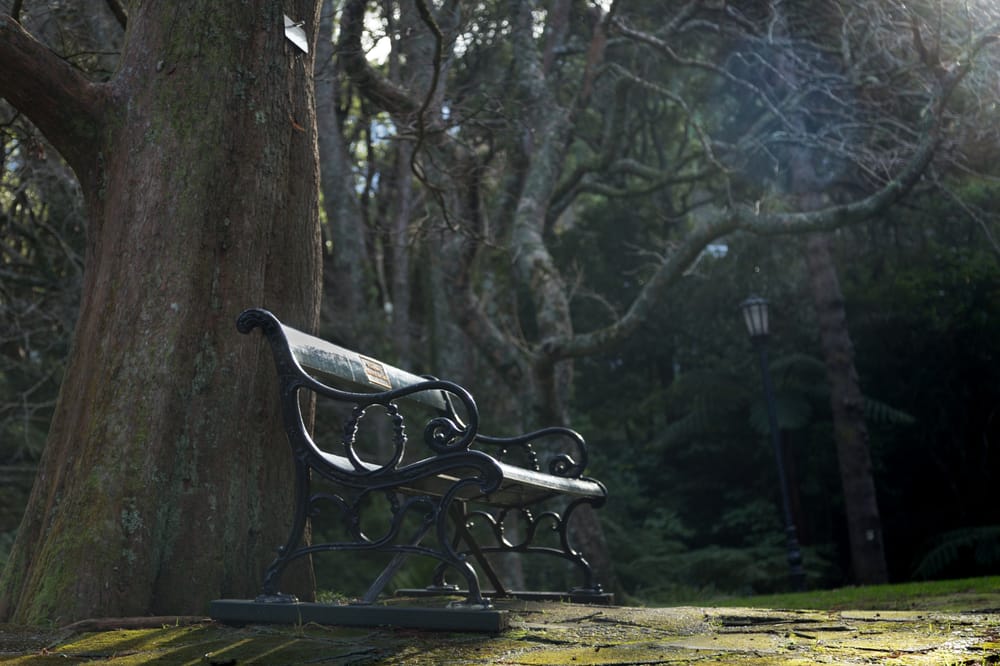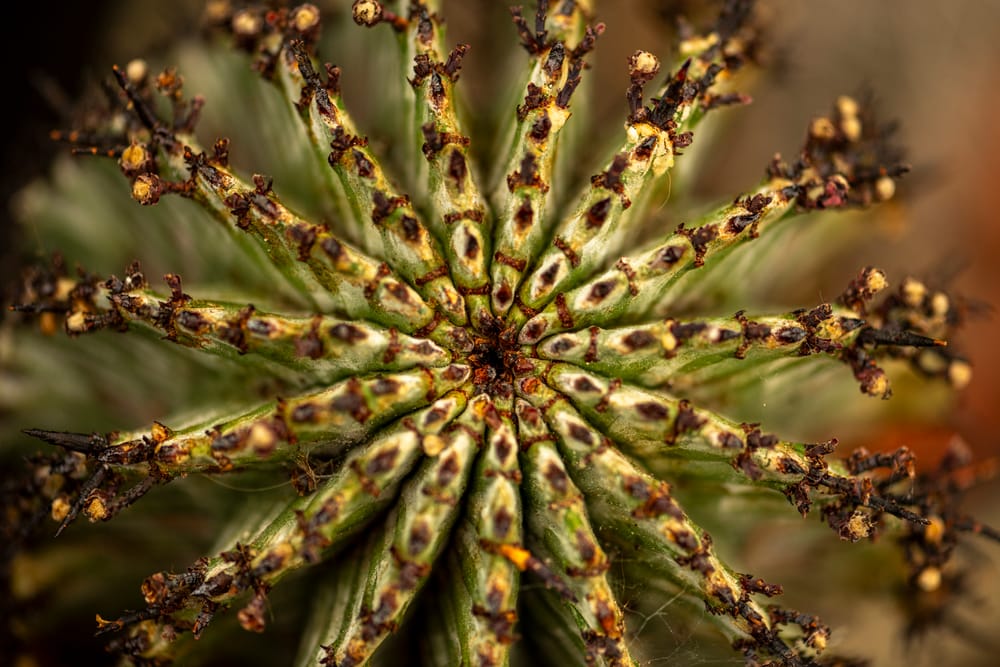
Lex, tell us about you and your journey with photography...
I was born in Adelaide but moved to Melbourne after finishing my University education. I began work life as a research chemist before moving across to the pharmaceutical industry. I went back to University part-time to gain qualifications in Business Administration. I was a founding director of an ASX listed biotechnology company. In 1989 I started consulting in pharmaceutical manufacturing. Over the next 32 years, I provided services to 240 companies In Australia and Asia before retiring in March 2021.
I began taking photos in 1972 when I noticed a workmate really enjoying his photography hobby. After starting with a compact Olympus Trip I moved on to a Nikon SLR and eventually started developing my own photos (monochrome only). I left photography for about 40 years as business and family became my priority. My wife died when our daughter was eight so I became a single dad.
I bought my first DSLR in 2017 and did about 8 photo workshops with a Melbourne based professional; at these workshops, I learned about digital photography and started using Adobe Lightroom for editing.

Developing a good photographic eye is essential if your photography is to improve. I had a good photographic eye when I shot with film but when I began taking digital photography seriously in 2017 it took me about a year to recover my photographic eye. For me, the term “photographic eye” means having an eye which recognises good photo opportunities.
My favourite genre of photography is Landscape. I enjoy other genres that provide a challenge; this includes motor racing (bikes), professional cycling and water skiing. Each of these genres adds to my photographic experience.

What inspires you to take photographs, particularly travel photographs?
I take photographs to create images with visual appeal. Whenever possible I want to create unique images. Travel photography allows me to experience other cultures and locations. Travelling on photo tours allows me to share the experience with other photographers and broadens my photographic experience and knowledge. I try to take three photo tours each year; these tours are led by a professional photographer.

Which location has been most rewarding for your photography?
Namibia in 2018 has been my most rewarding location; the photo opportunities were endless. We travelled over 4000km in the Namib Desert. You could travel hundreds of kilometres and see nothing but desert sand (no vegetation, no fences, no buildings, no phone signal). The Namib Desert has an annual rainfall of less than 20mm. For comparison, the Sahara Desert has an annual rainfall of 283mm. The Atlantic Ocean forms the western boundary of the Namib Desert; this oceanic border extending for 1900 kilometres.
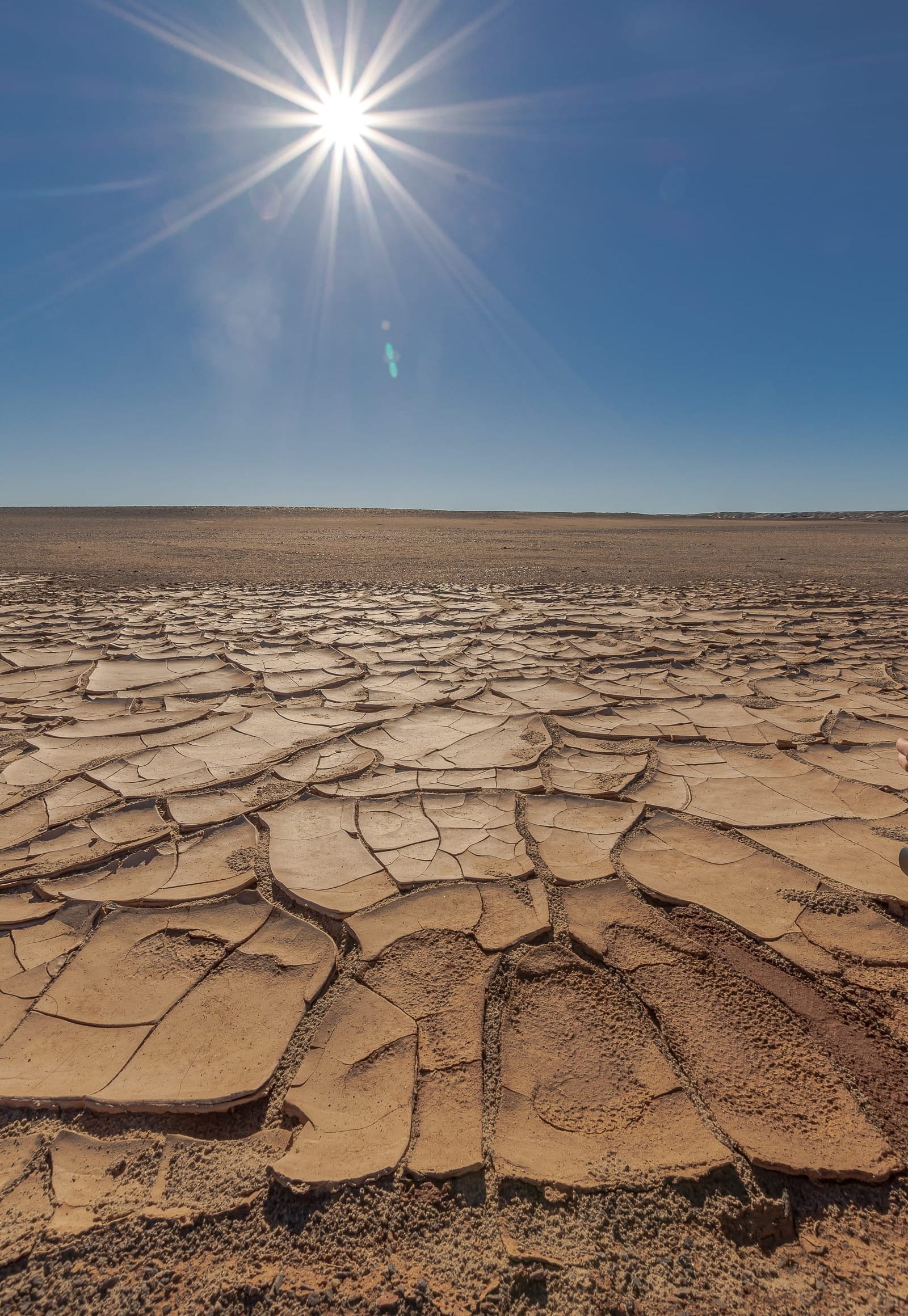
My favourite photo is of rain cracks in the Namib Desert 16 hours after a rain shower when all moisture from the rain had evaporated. Given that it only rains in the world’s oldest desert once a year, we were so lucky to see rainfall. To capture this image of the Namib Desert with cracked sand/dirt was opportunistic and I chose to shoot it from a very low angle. The sun star added nicely to the shot. When we were there daytime temperatures were 30-35°C but in the hottest months temperatures in the desert can reach 50°C. The image was captured with a cropped sensor Nikon D7200 @ F11, 1/640s, 10mm (Equiv 15mm) and ISO 200.
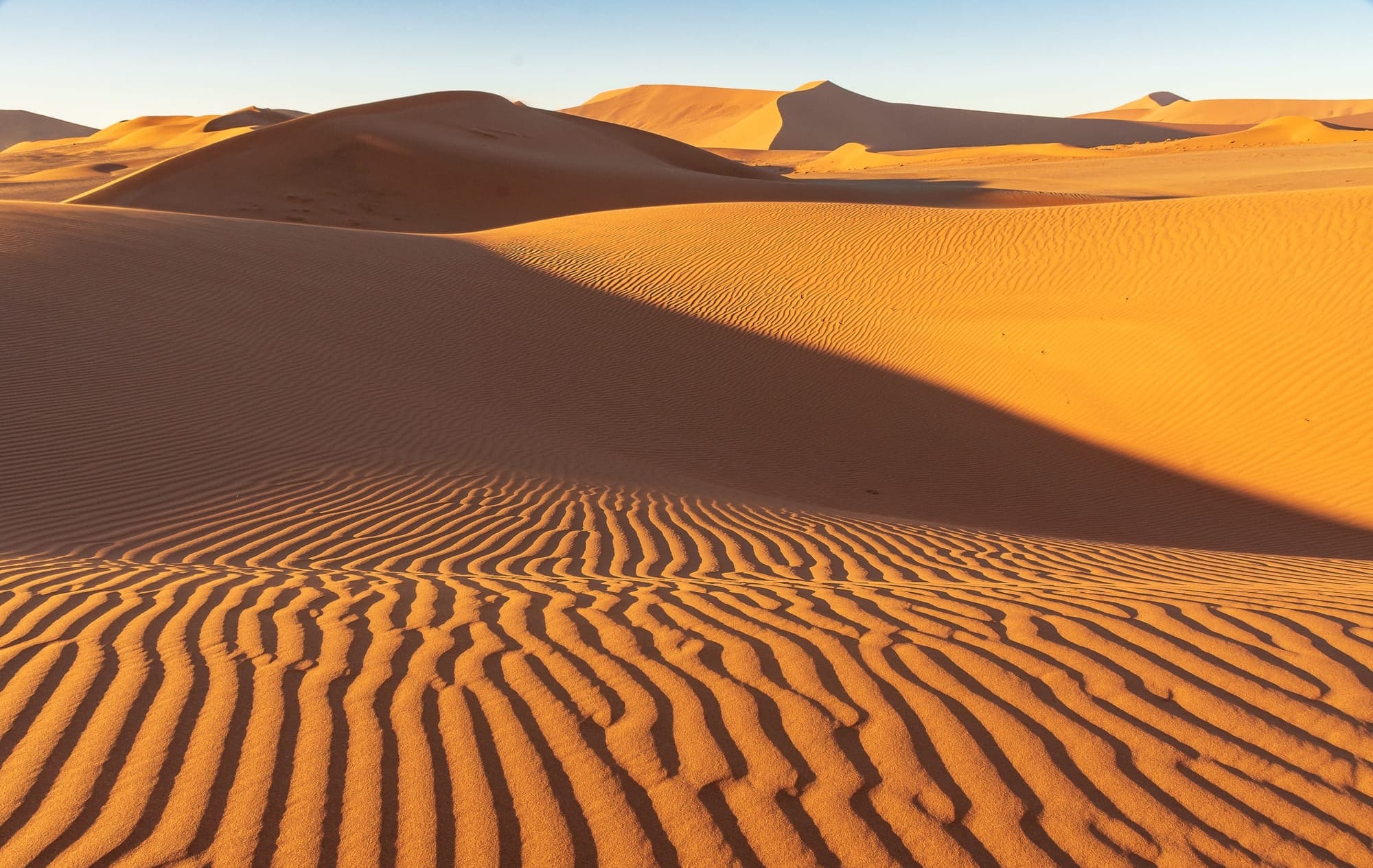
Sossusvlei is located within the Namib-Naukluft National Park in Namibia. It is known for its colourful sand dunes and white salt pans. The dunes change in colour as the sun moves. Tourists are not allowed in before dawn however, photographers on photo tours can enter before dawn to capture the dunes without footprints. The image was captured with a Nikon D7200 @F13, 1/200s, 18mm (Equiv 27mm) and ISO400.

The two male Cheetahs were orphaned at birth and were raised on a property at Keetmanshoop (500Km south of Windhoek). The Cheetahs were hand-fed daily by their owner. We did not realise we were going into a paddock with them (unrestrained). Their owner told us “do not run, they will take you down”. They ran at us at full pace and then stopped and stared to see who had the meat bucket. On of the cheetahs nuzzled the lens hood of one of our group. When they had consumed their lump of meat they would return for the next piece. What intrigued me was that once feeding finished they licked themselves clean then purred loudly like household cats. This image was captured with a Nikon D7200 @F8, 1/640s, 75mm (Equiv 112mm) and ISO 400.
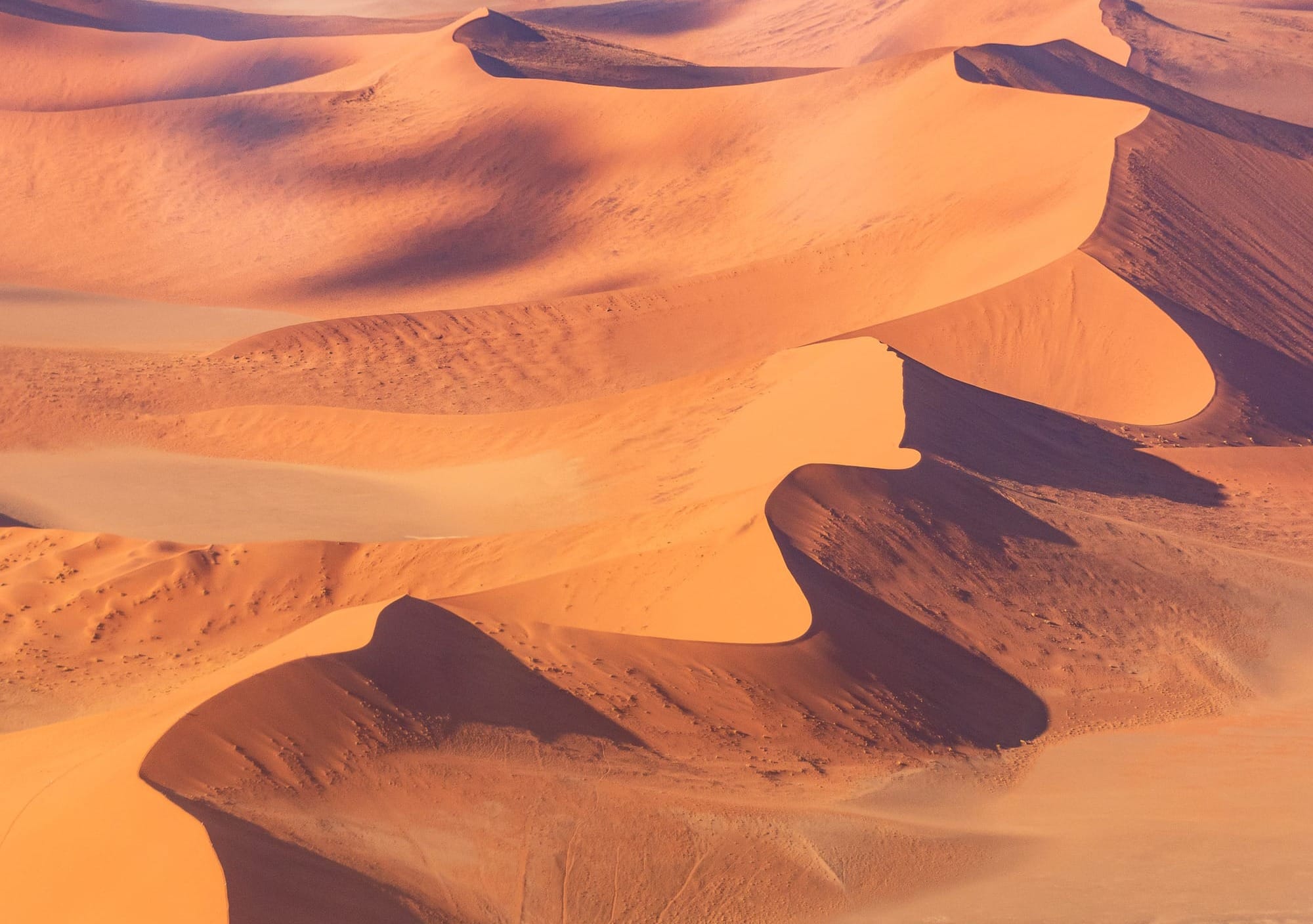
The Dunes of Sossusvlei, which reach up to 350m high) were magical. We flew over them in a Cessna, and many beautiful images were captured. The challenge here was to get the shutter speed fast enough to avoid the vibrations of the aircraft. This image was captured with a Nikon D7200@ F3.5, 1/3200s, 75mm (Equiv 112mm) and ISO 800.
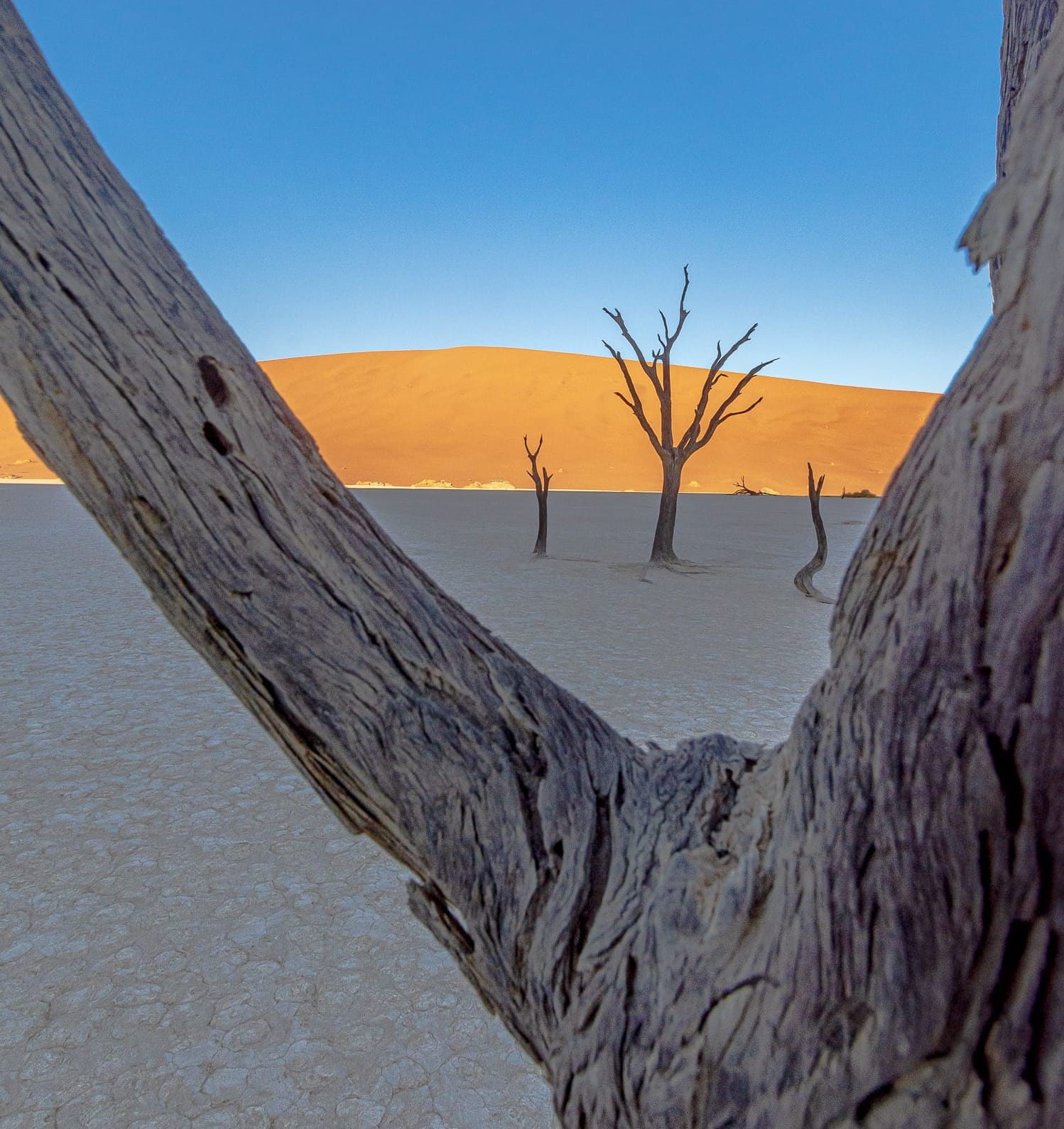
Deadvlei with the 700-year-old petrified Camel Thorn trees was another highlight. Located about 2-3kms from the Sossusvlei car park, these trees are dead but have never decomposed because there is no water. The visually stark trees are a reminder of the severity of the climate in this region. This image was captured with a Nikon D7200 @F11, 1/500s, 10mm (Equiv 15mm) and ISO 400.
Other memorable moments included Kolmanskop, a diamond mining town abandoned in 1956 and now swallowed by desert sand. In 1912 Kolmanskop was producing a million carats of diamonds a year.
What advice would you give to someone who’s just getting started with travel photography?
While prime lenses give better resolution than zooms, using a good zoom is ideal for travel photography. A zoom with a focal length range of 24mm-105mm will cover many situations you will come across in travel photography. Recently I bought a 24-200mm zoom which generally covers all my needs during a day of travel, I find that changing lenses during the day can result in lost photo opportunities.
Do you have any tips you could share with other members on how you achieve your shots?
Creating images that are eye-catching involves a few basic principles. Understanding good composition is important as good composition will lead the eye of the viewer to the main subject.
Light is also a critical element. If you have a scene with strong highlights and dark shadows always expose for the highlights. Editing can recover shadows that present as black areas. Highlights that are burnt out can never be recovered.
When approaching a scene for the first time look at it from all angles; low, high, middle and portrait or landscape orientations. Often a low angle provides the best image.
What are the biggest challenges you face to get the photo you want?
My biggest challenge now is declining mobility with advancing years. Knee and ankle joints must be treated more gently than when I was younger. I can walk many kilometres on stable surfaces but I will not go out onto small wet rocks when capturing seascapes anymore. Minimising the weight of my backpack has become important too. One of my weaknesses is limited patience. Several professional mentors have had me sitting in one place for up to an hour until the light was optimal. In each case those mentors were right; changing light conditions allowed the creation of far superior images.
Covid also restricted me - Melbourne had more than 200 days of Lockdown with travel limits of 5km. During this time my photography was focused on strengthening my editing skills.
From your point of view, what makes a good travel photo?
A good travel photo should inspire the viewer to visit the location. Editing should result in an image which is visually appealing and matches your visual memory of the scene. Good editing skills can make or break an image. When I first began digital photography I thought why should an image need editing? A professional mentor explained to me that our eyes see more detail than our camera creates in an unedited image. Editing a Raw image will create an image which matches what you saw with your eye. Good editing is an invaluable skill for photographers
What else should we know about you and your photography?
I firmly believe that top of the range equipment does not make you a better photographer. Some of my best photos have been taken with a DSLR with a cropped sensor. In the last few years, most of my improvement as a photographer has been due to improvement in my editing skills. I currently use a Nikon Z5, Nikon D7200 and have just purchased a Nikon Z7ii.
Where can we find you online?
facebook.com/LexRudd (if sending a friend request please mention Excio)

